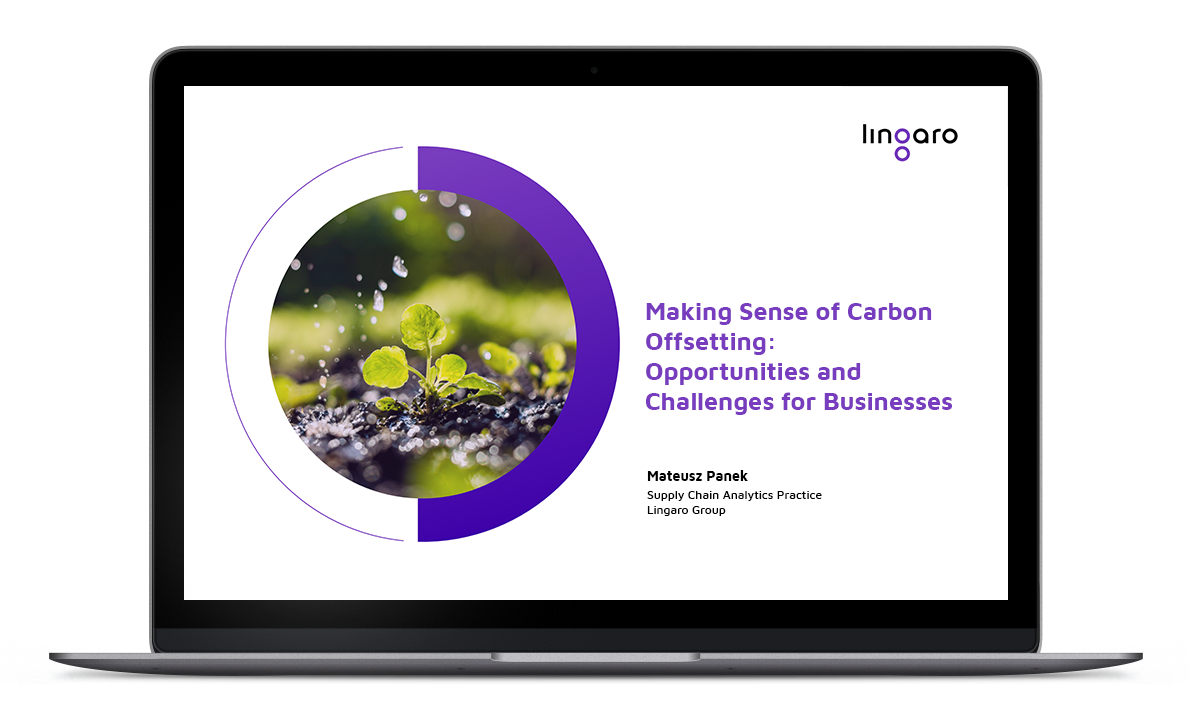Data for the Environmental Good: Using Analytics To Fight Pollution


What to expect
The narrative around data and analytics has predominantly centered around operations. Now, businesses are also realizing the importance and impact of data to the environment. When used effectively and combined with technology, it can transform how businesses are run and provide better ways to manage pollution the mitigate the use of hazardous materials in supply chains. This webinar will guide leaders, decision-makers, and stakeholders on using data and analytics to pinpoint and minimize sources of pollution, prevent regulatory violations, and enable effective governance.
Pollution and Hazard Risks
Prevention Strategies
Regulatory Compliance
Collaboration and Partnership
Use analytics to identify business risks in pollution and determine hazardous materials in operations and supply chains.
Incorporate analytics in immediate and long-term strategies and measures for preventing and mitigating pollution in operations.
Adopt and comply with environmental regulations, industry standards, and best practices on reporting and managing pollution.
Employ a data-driven and analytics-led approach for collaborating with stakeholders and third parties to address pollution.
Pollution and Hazard Risks
Prevention Strategies
Use analytics to identify business risks in pollution and determine hazardous materials in operations and supply chains.
Incorporate analytics in immediate and long-term strategies and measures for preventing and mitigating pollution in operations.
Regulatory Compliance
Collaboration and Partnership
Adopt and comply with environmental regulations, industry standards, and best practices on reporting and managing pollution.
Employ a data-driven and analytics-led approach for collaborating with stakeholders and third parties to address pollution.
Pollution and Hazard Risks
Use analytics to identify business risks in pollution and determine hazardous materials in operations and supply chains.
Prevention Strategies
Incorporate analytics in immediate and long-term strategies and measures for preventing and mitigating pollution in operations.
Regulatory Compliance
Adopt and comply with environmental regulations, industry standards, and best practices on reporting and managing pollution.
Collaboration and Partnership
Employ a data-driven and analytics-led approach for collaborating with stakeholders and third parties to address pollution.






